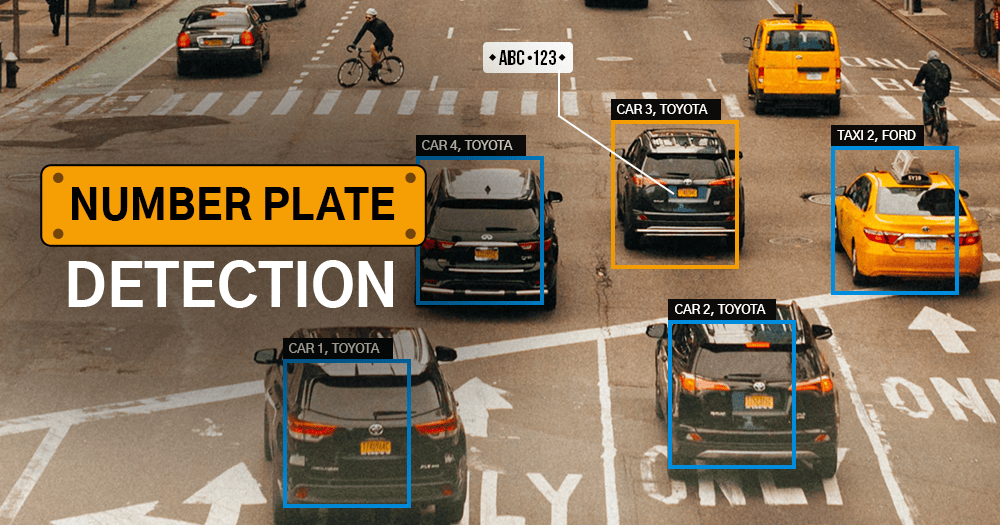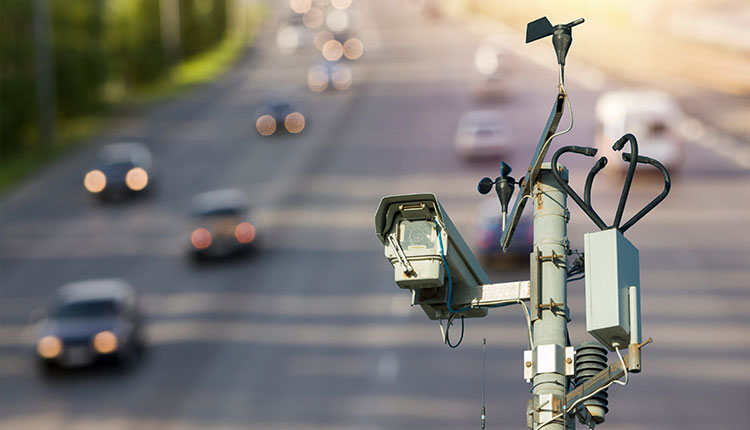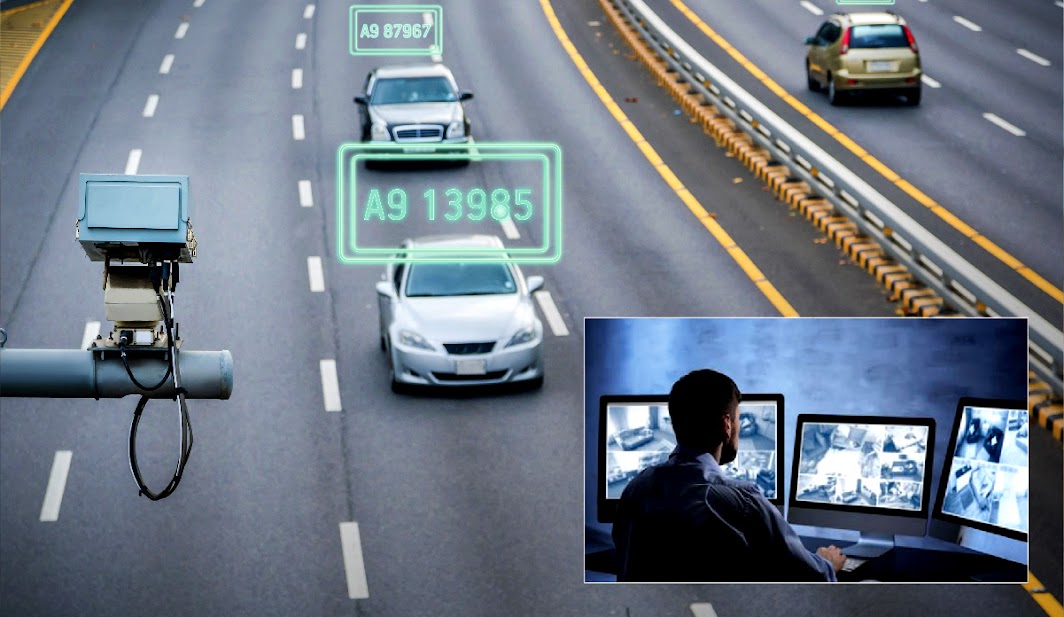The Impact of Automated License Plate Recognition on Crime Prevention and Detection
In the ever-evolving landscape of law enforcement, technological advancements have become important in engaging crime. Among these innovations, Automated License Plate Recognition (ALPR) stands out as a transformative tool. Through the integration of sophisticated algorithms and high-resolution cameras, ALPR systems automatically capture, analyze, and store license plate information in real-time. Also known as Automatic Number Plate Recognition (ANPR) in certain regions, this technology has revolutionized policing practices, particularly in crime prevention and detection. This article aims to look deeper into the profound impact of Automated License Plate Recognition on law enforcement, exploring its multifaceted benefits, challenges, and ethical considerations.
Table of Contents
Understanding Automated License Plate Recognition:
Automated License Plate Recognition, or ALPR, is a cutting-edge surveillance system designed to automatically read and record license plate numbers. Utilizing optical character recognition (OCR) software, ALPR systems can decipher alphanumeric characters from images captured by specialized cameras. These cameras are strategically positioned across various locations, including patrol cars, toll booths, bridges, and fixed installations along roadways. The captured data is then processed through advanced algorithms to extract license plate numbers for analysis and storage.

Key Components of ALPR Technology:
Optical Character Recognition (OCR):
At the core of ALPR technology lies OCR software, which interprets and extracts characters from license plates captured by ALPR cameras. Advanced OCR algorithms enable accurate recognition of license plate numbers, despite variations in font, size, and lighting conditions.
Database Integration:
ALPR systems are often integrated with extensive databases containing information on stolen vehicles, wanted individuals, missing persons, and vehicles associated with criminal activity. When a license plate match is found, the system generates real-time alerts for law enforcement officers, supporting immediate action and involvement.
Real-Time Alerts:
ALPR cameras continuously scan license plates, comparing them against databases of interest. Upon detecting a match, officers receive automated alerts, enabling swift response and potential crime prevention.

The Impact of ALPR on Crime Prevention and Detection:
Enhanced Surveillance Capabilities:
ALPR technology extends law enforcement’s surveillance capabilities by providing continuous monitoring of vehicular activity in public spaces. This proactive approach enables the detection of suspicious vehicles, stolen cars, or individuals linked to criminal activity.
Rapid Identification of Suspects:
ALPR systems facilitate the rapid identification of suspects by cross-referencing license plate data with law enforcement databases. This capability is particularly valuable in cases of Amber Alerts, missing persons, or ongoing investigations, where time is of important.
Deterrence of Criminal Activity:
The presence of ALPR cameras acts as harmful to criminal behavior. Potential criminals are aware of the increased likelihood of detection and Concern, leading to a reduction in crimes such as auto theft, smuggling in drugs, and vehicle-related offenses.
Crime Pattern Analysis:
ALPR data can be analyzed to identify patterns and trends in criminal activity, aiding law enforcement agencies in allocating resources effectively. By understanding traffic patterns, frequent locations of interest, and common routes taken by criminals, agencies can deploy targeted strategies to prevent crime.
Enhanced Collaboration:
ALPR technology supports collaboration between law enforcement agencies, enabling the sharing of data and resources across areas. This integration enhances the effectiveness of crime prevention and investigation efforts, particularly in cases across the country of criminal activity.

Challenges and Ethical Considerations:
While ALPR technology offers numerous benefits in crime prevention and detection, its implementation raises important ethical and privacy concerns:
Privacy Implications:
ALPR systems collect large amounts of vehicle location data, raising concerns about citizens’ privacy rights. The Uninterested collection and keeping of license plate information may exceed individuals’ freedom of movement and association.
Data Security Risks:
The storage and management of sensitive ALPR data present significant cybersecurity risks. Unauthorized access to databases could compromise personal information, leading to identity theft, harassment, or misuse of data by malicious actors.
Potential for Misuse:
ALPR technology, if misused or abused, can lead to violations of civil liberties and unjust targeting of specific communities. Law enforcement agencies must establish clear guidelines and oversight mechanisms to prevent the discriminatory use of ALPR systems.
Accuracy and Reliability:
Despite advancements in OCR technology, ALPR systems are not perfect and may produce false positives or misunderstandings. Innocent individuals may be wrongly implicated due to errors in license plate recognition or database inaccuracies.
Legal and Regulatory Frameworks:
The deployment of ALPR technology requires strong legal and regulatory frameworks to ensure compliance with privacy laws and the protection of civil freedoms. Clear guidelines must be established regarding data retention periods, access controls, and transparency in ALPR operations.
Bias and Discrimination:
There is a risk of bias and discrimination essential in ALPR systems, particularly if the technology Differently targets certain demographics or communities. Safeguards should be implemented to mitigate these risks and ensure equitable enforcement practices.
Conclusion:
Automated License Plate Recognition represents a paradigm shift in law enforcement, offering never-before-seen capabilities in crime prevention and detection. By utilizing advanced technology to monitor vehicular activity, ALPR systems empower law enforcement agencies to respond effectively to criminal threats and enhance public safety. However, the widespread adoption of ALPR technology necessitates careful consideration of its ethical implications, including privacy concerns, data security risks, and the potential for misuse.
As society engages with the balance between security and civil freedoms, policymakers, law enforcement agencies, and community stakeholders must collaborate to establish clear guidelines and oversight mechanisms for the responsible deployment and use of Automated License Plate Recognition systems. Only through thoughtful regulation and ethical governance can we maximize the benefits of ALPR technology while safeguarding individual rights and freedoms in an increasingly digital world.

